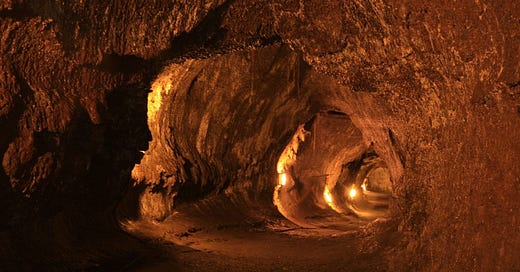I am warning you that this piece is an abrupt departure from my usual content and has absolutely nothing whatsoever to do with motherhood, but my kids have been sick (again) and we have been watching a lot of National Geographic space exploration programs on our Roku TV. Last night, we were watching a pretty good one about the Curiosity Rover that NASA sent to Mars. Did you know that Mars was once covered in water? Not just little puddles but like giant, flowing rivers and waterfalls? Amazing.
Anyway, my thought while watching the show was: wow, I absolutely love science and scientific exploration but these NASA guys are cuckoo-bonkers. And no wonder! They spend all day in a climate-controlled warehouse in Pasadena wearing full hazmat suits and screwing pieces of multi-million dollar equipment together. The reward is that they get to shoot a robot into outer space and then wait 9 years for it to send the data back, assuming it doesn’t get obliterated by flying debris on the way there. The images typically show us some rocky, barren surface, devoid of any greenery or signs of life (basically Utah without the trees or the churches or the 3% beer) and the scientists are just beside themselves, literally gushing about the beauty of these extraterrestrial landscapes. At the end of this Mars documentary, the lead scientist for the mission goes (and I am paraphrasing here): “we are facing a choice. Do we want the next generation to be yet another generation stuck here on earth, or do we want to be the first generation of interplanetary colonizers?” It was all I could do to keep from shouting, “Option 1! I choose Option 1!”
For those of you not familiar with the Mars colonization strategy, it basically involves living inside a deep underground lava tube, far from the reaches of the toxic radiation that would kill humans on the surface. This is not a joke. We are planning to send people to live in a Mars lava tube in the near future. There is no natural light or life inside the tubes. Actually, we don’t really know anything about what it’s like inside them because we have never been in one. Not even our most adventurous Martian rovers have been inside one. All we know is that they are the only place where humans would actually have a chance of surviving because of the radiation thing (not to mention the toxic air, raging dust storms, and other lovely features of the Martian environment).
I am really not sure where I am going with this piece, except to say that I am confused. Here we are on this freaking AMAZING planet. I mean: redwood forests, and beaches, and mountains, and birds of every color, and pandas and koalas. Not to mention chardonnay and camembert and chocolate and hot tubs and whatever else floats your boat (I am perhaps revealing too much about my personal values here). My point is: what could Mars possibly have to offer that could beat this? We seriously have it SO GOOD. So why are we spending billions trying to colonize a piece of shit planet with toxic radiation when we could plough that same money into protecting and improving this one?
Oh wait, hold the phone, I think I DO know how to tie this back to motherhood after all. The 2024 NASA budget was $25 billion. The estimated cost of implementing a free universal preschool program for 3 and 4-year-olds in the United States is approximately $40 billion. We could shut down NASA and we would only be $15 billion short (but I would kind of miss the Mars Rover movies, to be perfectly honest). On the other hand, the SpaceX valuation currently stands at a cool $350 billion.
Problem solved. Sell SpaceX to China and use it to fund free universal preschool in the United States.
Follow me for more international policy advice!





I 1000% agree with you on this!
My husband unironically asked if I had no other obligations, would I choose to take a trip to Mars. I was like, you couldn’t pay me to go!!! I’m very content here on our planet haha. I’ve never understood the fascination with space in general.